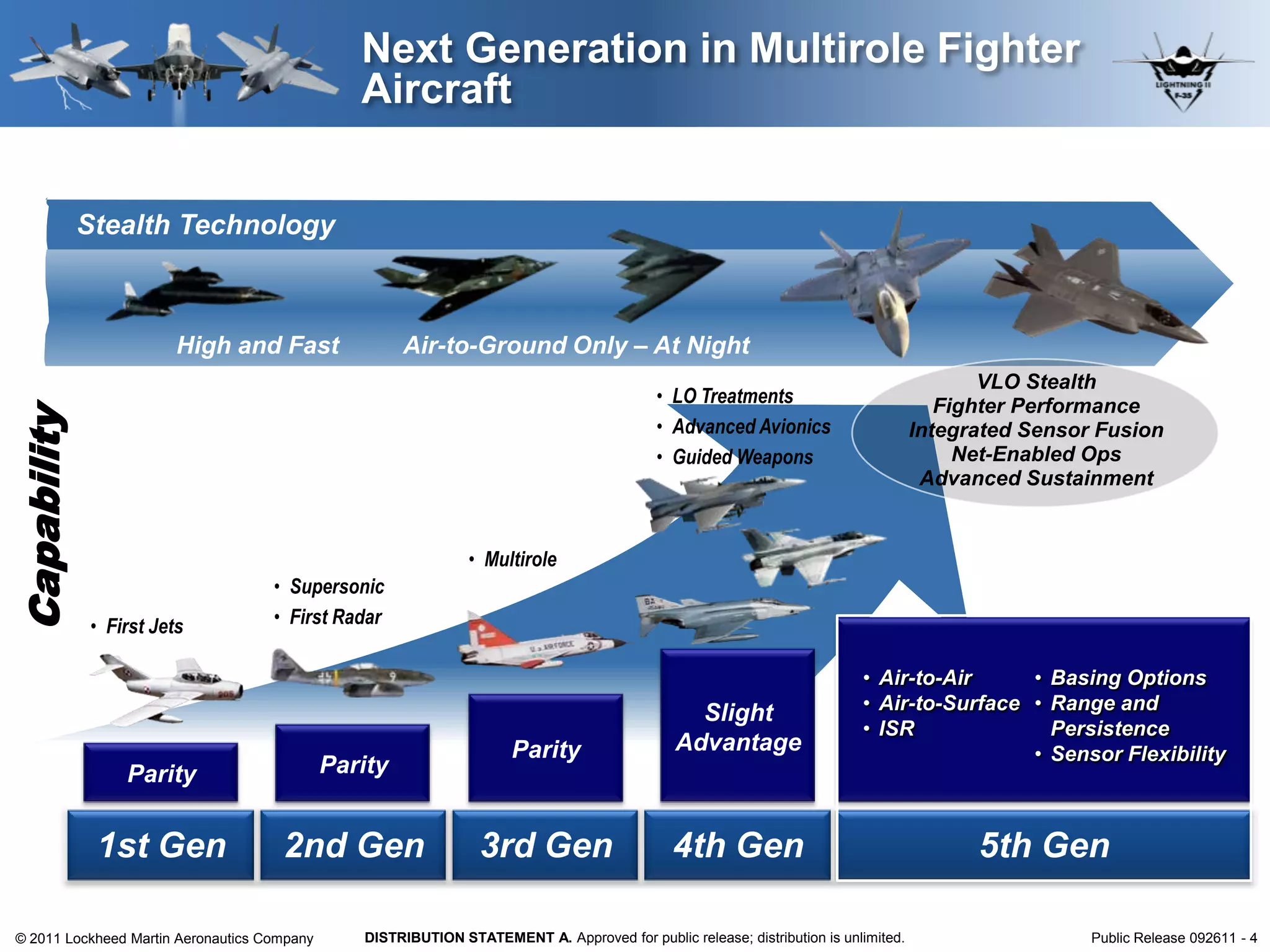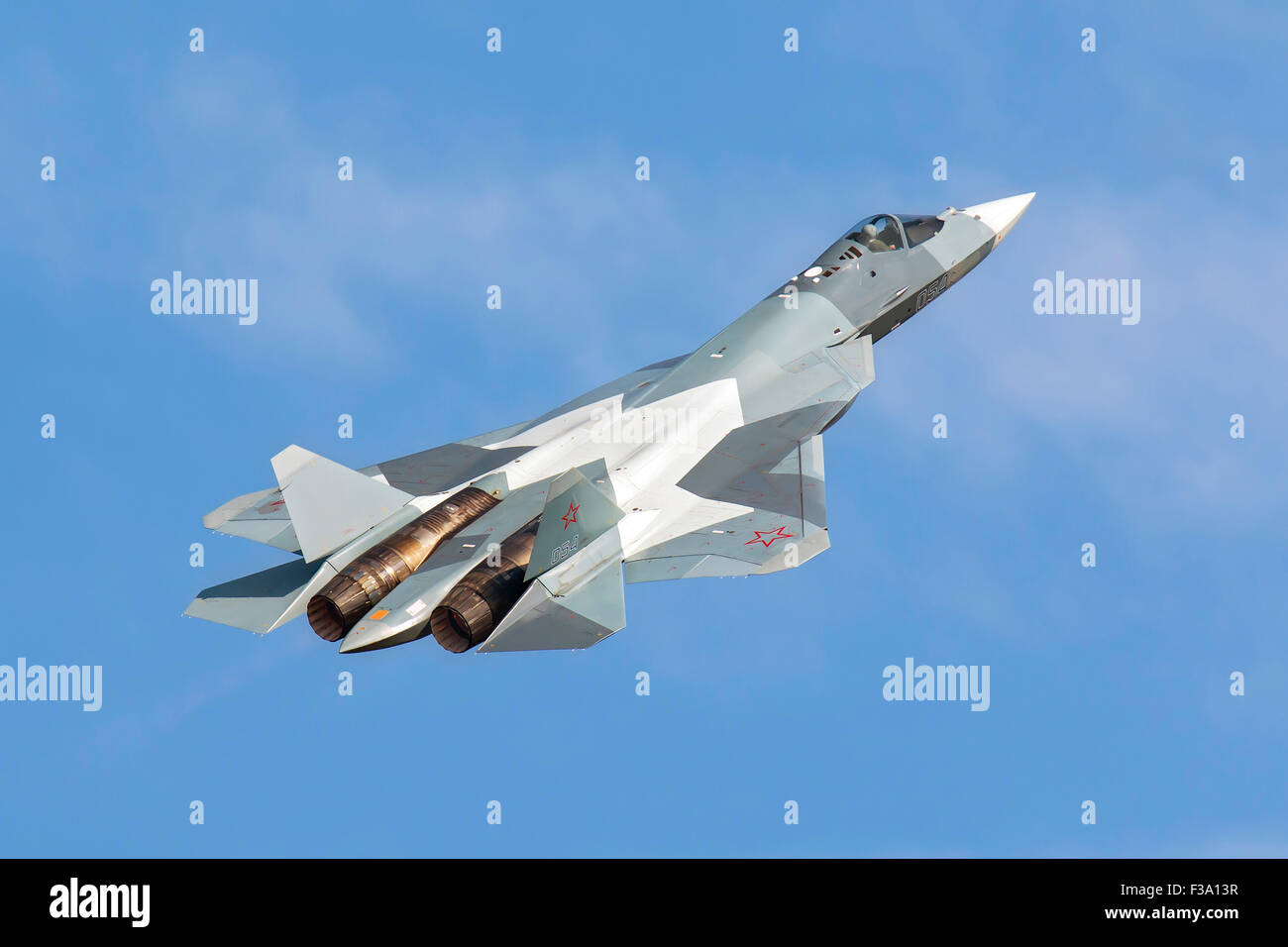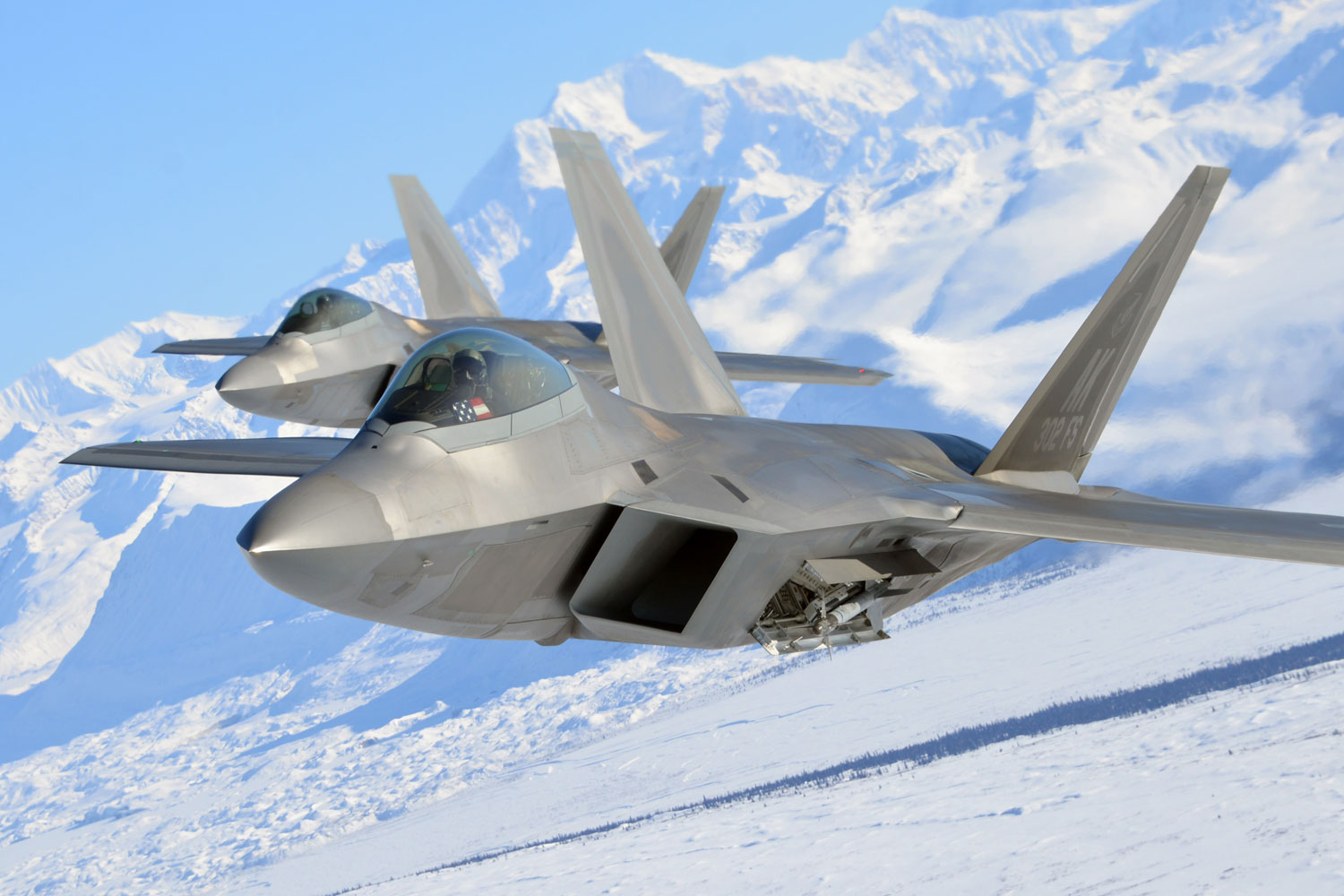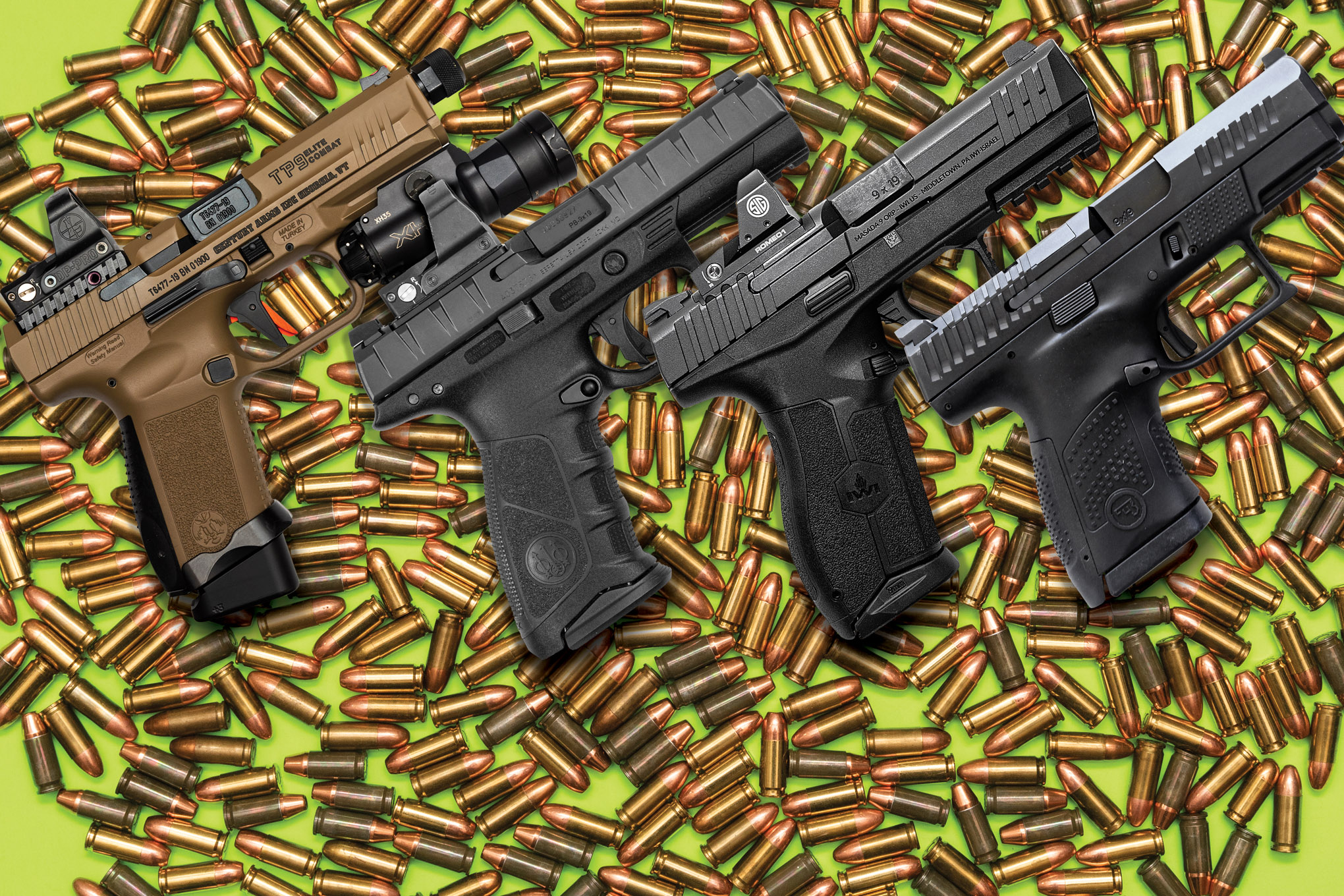3rd Gen Fighter Jets - The arrival of the new J-20 (unofficially known as the Black Eagle) has raised many questions about China's stealth fighter. Some experts believe it is more capable than the F-22; others (and I am among them) think that the real problem with the J-20 for the US is not the capacity, equipment or capabilities of the aircraft (even if the old US fighters were built 20 years earlier than the current ones from China or Russia ). fighters of the same "class"); The problem is that China will build thousands of them.
Anyway, when comparing American and Chinese fighter jets, everyone was talking about the "fifth generation aircraft", which brought the concept of "fighter generation" back into the spotlight.
3rd Gen Fighter Jets

Generation is a common way to classify jet fighters. Generations are often "established" in fighter aircraft based on a time frame that includes the peak period of service for such aircraft.
Specification Of Different Generation Fighter Jets.
The best definition of fighter generation I've found so far is in a 2009 article in Air Force Magazine, which suggests dividing the generations based on ability.
Potential Phase 6: Ultra Invisibility; effective in all flight modes (subsonic to multi-mach); potential "morphing" ability; smart skin; high network; very sensitive sensor; optional with the team; directed energy weapons.
To give the reader a rough idea of the types of aircraft that belong to each era based on the breakdown above, I prepared the following table with the help of Tom Cooper / ACIG.org and Ugo Crisponi / Aviatiographic.com. profiles. It is not theoretically intended to show all aircraft belonging to the same generation and only includes the profiles available at the time of writing...
As I said earlier on Twitter, a table like this makes you realize that capabilities and looks are inversely proportional: earlier generation aircraft look much better than modern fighters….
F 22 Raptor > Air Force > Fact Sheet Display
David Senciotti is a journalist based in Rome, Italy. He is the founder and editor of The Aviationist, one of the world's most popular and widely read military aviation blogs. Since 1996, he has written for Air Forces Monthly, Combat Aircraft, and many other major global magazines covering aviation, defense, war, industry, intelligence, crime, and cyberwarfare. He has reported from the US, Europe, Australia and Syria and has flown several fighter jets with various air forces. He is a former 2nd lieutenant in the Italian Air Force, a private pilot and a computer engineer. He has written five books and co-edited many others.
Two pilots on a routine flight to Germany for maintenance on their Embraer Phenom executive jet had more than they bargained for when two Luftwaffe Hurricanes appeared on their wingtips. […]
The Lockheed Martin F-16 is one of the most popular fighter jets in the world. The 4,500th copy was delivered to the company's Fort Worth, Texas, manufacturing facility on April 3. From the beginning […]

An hour before Biden took office, the UAE signed an agreement with the United States to buy 50 F-35s and 18 MQ-9s.
Ukraine Firm Could Power Up China's Fighter Jets
The United Arab Emirates has signed an agreement with the United States to purchase 50 F-35 aircraft and up to 18 MQ-9B drones. A few hours before Biden's inauguration, the UAE signed an agreement with the United States [...]
If you would like to support this site by purchasing the first fix available only through this website, please email us at sales@! The Dassault Mirage III (French pronunciation: [miʁaʒ]) is a family of single/two-seat, single-engine combat aircraft developed and manufactured by the French aerospace company Dassault Aviation. It was the first western European fighter to exceed Mach 2 in horizontal flight.
In 1952, the French government issued specifications calling for the use of lightweight all-weather interceptors. Among respondents, the Dassault model was originally known as the Mirage I. After successful flight tests at speeds up to Mach 1.6 in 1954, a larger successor was decided upon. It is necessary to carry the necessary equipment and load. A major Mirage II offering was also considered the MD 610 Cavalier (3 versions).
But the newly developed Snecma Atar turbojet design, named the Mirage III, did not encourage further development of the design. In October 1960, the first major production model, the Mirage IIIC, made its maiden flight. First deliveries of this model began in July 1961; The French Air Force (Armée de l'Air, AdA) received a total of 95 Mirage IIICs. The Mirage IIIC was soon followed by numerous alternatives.
South Korea's First Homegrown Kf 21 Fighter Jet Takes First Flight
The Mirage III was produced for the French Air Force and a number of export customers. Prominent foreign operators of the fighter jet included Argentina, Australia, South Africa, Pakistan, Israel, as well as many non-aligned nations. Often considered a second-generation fighter, the Mirage III saw long-term service with several of these operators; For a while, the guy remained a fairly maneuverable aircraft and an effective opponent in close combat.
During its service with the French Air Force, the Mirage III was usually armed with various air-to-surface weapons or R.550 Magic air-to-air missiles. Its relatively flexible design allowed the fighter model to be easily adapted to a variety of roles, including training, reconnaissance and ground attack variants, as well as a range of aircraft derivatives including the Dassault Mirage 5, Dassault Mirage IIIV and Atlas Cheetah.
Some operators have implemented extensive modification and modernization programs for their flights, such as the Pakistan Air Force's ROSE project.
Numerous operators have seen the Mirage III on active combat duty in many conflicts. The Israeli Air Force may have been the most prolific fighter outside of France; Israel deployed its Mirage IIIs both in the Six Day War, where they were used as air superiority and strike aircraft, and in the Yom Kippur War, with the IAI Nesher, in air-to-air combat only. , Mirage 5 Ace of Aces model Jiora Epstein from Israel scored all of her kills with a Mirage III or Nesher. During the South African Border War, the Mirage III formed the bulk of the South African Air Force fleet, including the Mirage IIICZ fighter, Mirage IIIEZ fighter-bomber, and Mirage IIIRZ reconnaissance fighter; Following the introduction of the new Mirage F1, the type is designed for secondary roles in conflicts such as daytime interception, base protection, reconnaissance and training. The Argentine Air Force used the Mirage IIIEA during the Falklands War, but its lack of aerial refueling capability limited the aircraft's usefulness in the conflict. Using tanks, Mirages could only last five minutes in the battle zone around the British fleet.
Dassault Mirage Iii
The Mirage III family was the result of a series of studies initiated by the French Ministry of Defense in 1952. At that time, due to the combat experience gained during the Korean War, several countries became interested in the future of light fighter aircraft. , especially the Soviet Mikoyan-Gurevich MiG-15 jet engine, attracted international attention.
Inspired by the rapid advancement of Soviet aircraft capabilities, the West was eager to study the performance of relatively simple and heavily armed jet fighters. France was one of the fastest governments among several countries, including the United Kingdom (resulting in the Folland Gnat), the United States (resulting in the Douglas A-4 Skyhawk), and Italy (resulting in the Fiat G.91). , to initiate work to support the development of such aircraft.
1955 prototype Mirage delta wing with no tail, no vertical stabilizer, no horizontal stabilizer, and no flaps
In 1952, the French government called for a lightweight all-weather interceptor capable of climbing to 18,000 meters (59,100 ft) in 6 minutes and reaching a speed of Mach 1.3 in level flight.
Th Generation Fighter Hi Res Stock Photography And Images
Three separate French manufacturers, Dassault Aviation, Sud-Est and Sud-Ouest decided to respond to the specifications, offering the MD.550 Delta, SE.212 Durandal and SO.9000 Tridt. Dassault's request, known as the MD.550 Delta, was a sleek looking miniature aircraft powered primarily by a 9.61 kN (2,160 lb) Armstrong Siddeley MD30R Viper turbojet engine (built under license from Dassault); As usual, the design includes provisions for the installation of a secondary propulsion system of the Type 66 SEPR liquid-propellant rocket motor with a thrust of 4.7 kN (1,100 lbf).
The basic layout of the MD.550 Delta is a tailless delta configuration, 5 percent fat (flap thickness to length ratio), 60° roll, large vertical stabilizer, and rudder.
However, the tailless delta configuration imposed a number of limitations, including the lack of horizontal stabilizers, which meant that conventional flaps could not be used; This resulted in relatively long take-offs and high landing speeds.

Only the triangular wing limits maneuverability
Mig 25 Supersonic Twin Engine Soviet High Altitude Fighter Interceptor Editorial Image
Second degree assault washington state, 2nd degree assault sentence, 2nd degree aggravated assault, 2nd degree assault mn, 2nd degree assault, 2nd degree assault definition, 3rd degree assault washington state, 4th degree assault washington state, 2nd degree felony assault, 4th degree assault washington, what is assault 2nd degree, 2nd degree assault charges

